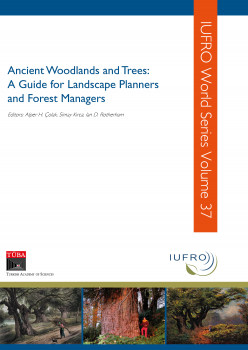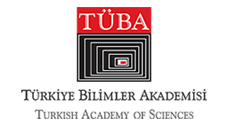A hidden treasure in Turkey - old oaks with unique values

A hidden treasure in Turkey - old oaks with unique values
The oaks (Quercus spp.) in Turkey have the widest distribution area among all deciduous trees and cover 6 million hectares of the land area or 23% of the forests (Çolak and Rotherham, 2006). Different oak species are distributed all over the country, with the highest diversity in Marmara region (Uslu et al., 2011).
Globally, oaks include a wide range of about 500 species of trees and shrubs in the northern hemisphere, exclusive of the Arctic and about half of these are in the New World. Oak is an interesting genus for phytogeographers, foresters and ecologists, but is also one of the most problematical groups in the Turkish flora since widespread hybridization and introgression have much obscured specific limits (Hedge and Yaltırık, 1982). Depending on what taxonomic concept used, there are about 26 species of oak known from all the countries north of the Mediterranean, 18 of these are known from Turkey, plus nine additional subspecies (Hedge and Yaltırık, 1982; Greuter et al., 1986). This makes Turkey the richest country in the western Palearctic in terms of oak biodiversity (Uğurlu et al., 2012). Various species of oak can tolerate a very wide range of climatic- and soil conditions, including hot or cold temperatures, highly saline or alkaline soils (Özcan and Baycu, 2005; Uğurlu and Oldeland, 2012). Some of the Turkish species have a very restricted distribution in the world and some are endemic to the country e.g. Quercus aucheri and Q. vulcanica (Photograph 1) (Uslu et al., 2011). Oaks can become very large and old. There are examples of oaks nearly 1000 years old and with a circumference of 14 meter in breast height. Some of the older oaks we have seen in Turkey are for sure more than 500 years old. With dendrology analysis, the age can be calculated, but as the trees often are hollow and the central part of the trunk are missing (Photograph 2) the age must be an estimation.
